We as a saffron export company (Persatrading) always test saffron in our laboratory to assure our customers we supply them with the best possible quality of it: real saffron!
Finding the difference between fake and real saffron has always been a big challenge for customers, fake saffron can cause health problems such as cancer, so knowing the facts and a reliable test that helps you to distinguish the fake and real spice will prevent you and your loved ones from any harm; here in this article, we’ll help you with the different coloring types (UPS) how to distinguish the fake and real saffron and how to make the best purchase.
The highest coloring power of saffron is after harvesting and drying them. Over time, saffron quality or coloring power decreases, but its aroma changes tangy scent. This is also the reason why last year’s harvest has more fragrance than this year’s.
Important Points About Saffron Color: Real Saffron
First of all, note that saffron should not be immediately infused and change the color of water after contact with cold water. If this happens, it means that saffron has added colors. There is another important point about the added colors, real saffron in water makes the water light yellow, not orange. If the water turns orange as soon as it comes in contact with that, it has added colors.
To prove this there is a test that we can do:
Pour 2 cm of cold water into a glass. Now put 3 threads of saffron in water and see when it starts coloring. If it stains as soon as it comes in contact with water, it means it is counterfeit. If the color that saffron gave to water was not bright yellow and it was orange, it still means added colors. You can see the true color of it in the initial stage in the photo below.
In principle, it begins to color with a light yellow color, and then this yellow color becomes darker and darker until it finally reaches orange. But the fake and artificial color of saffron gives the water an orange color from the beginning.
USP (Visual Color Standards) of Different SaffronTypes
Power coloring grade can be measured in the laboratory. As you know saffron has 4 different types: super Negin, Negin, Sargol, and Pushal, and all these types have different USP powers, here we will explain to you the different USPs of each type.
USP of Pushal saffron: The coloring power of Pushal (which has a yellow tail at the bottom of each thread) is between 160 and 190.
USP of Sargol saffron: Sargol, like Negin, contains only stigmas, but the difference is that in Sargol, the stigmas are cut off and completely separate. The coloring power of Sargol is 190 to 220 USP and it’s the best type if it reaches 270 USP.
USP of Negin saffron: The coloring power of Negin (that has no white roots and you only see the red threads) is between 200 and 240.
USP of super Negin saffron: The coloring power of super Negin (in the upper part is larger and wider than ordinary Negin and is more useful for export) should be between 230 to 270.
USP of ironed super Negin saffron: The coloring power of ironed super Negin (in the upper part is larger and wider than ordinary Negin and is more useful for export) should be more than 240.
In fact, a saffron grade is considered for its ability to color and the resulting color quality. One of the main factors in the coloring is a chemical called crocin.
Crocin with chemical formula C44H64O24 and a melting point of 186 degrees Celsius is the reason for most of the properties of saffron, including reducing blood lipids, strengthening vision, and helping with the digestive system, also plays an important role in coloring. In fact, crocin is red in color and appears orange when dissolved in water.
So we can say that the main cause of the red color is crocin. It is noteworthy that due to the high solubility of crocin, it is also used as food and medicinal dyes.
What are the Factors Affecting Saffron Grade?
To measure the grade of the saffron (real saffron), the most important factor is the color quality. But the aroma and taste of saffron (Packaged Saffron or any type)are other factors influencing the quality of its variety. Climate, weather conditions, and harvesting time also affect it. Length and thickness are important visual factors for determining the grade.
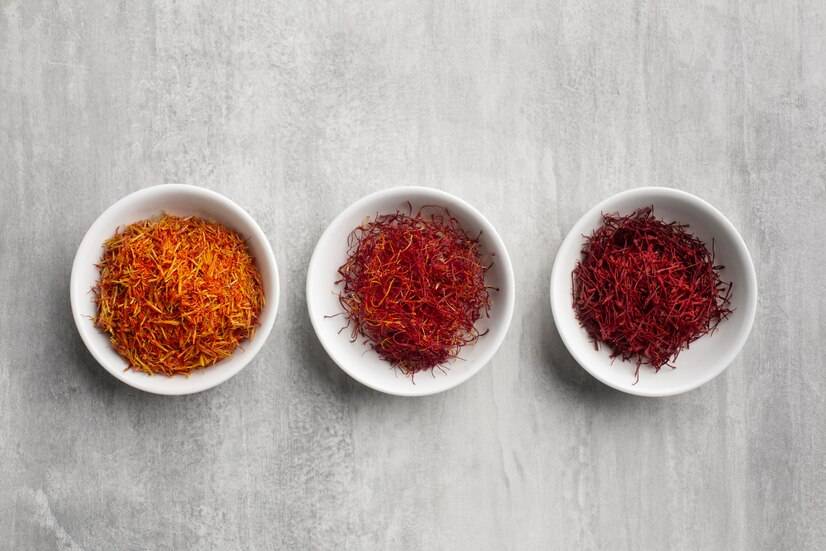
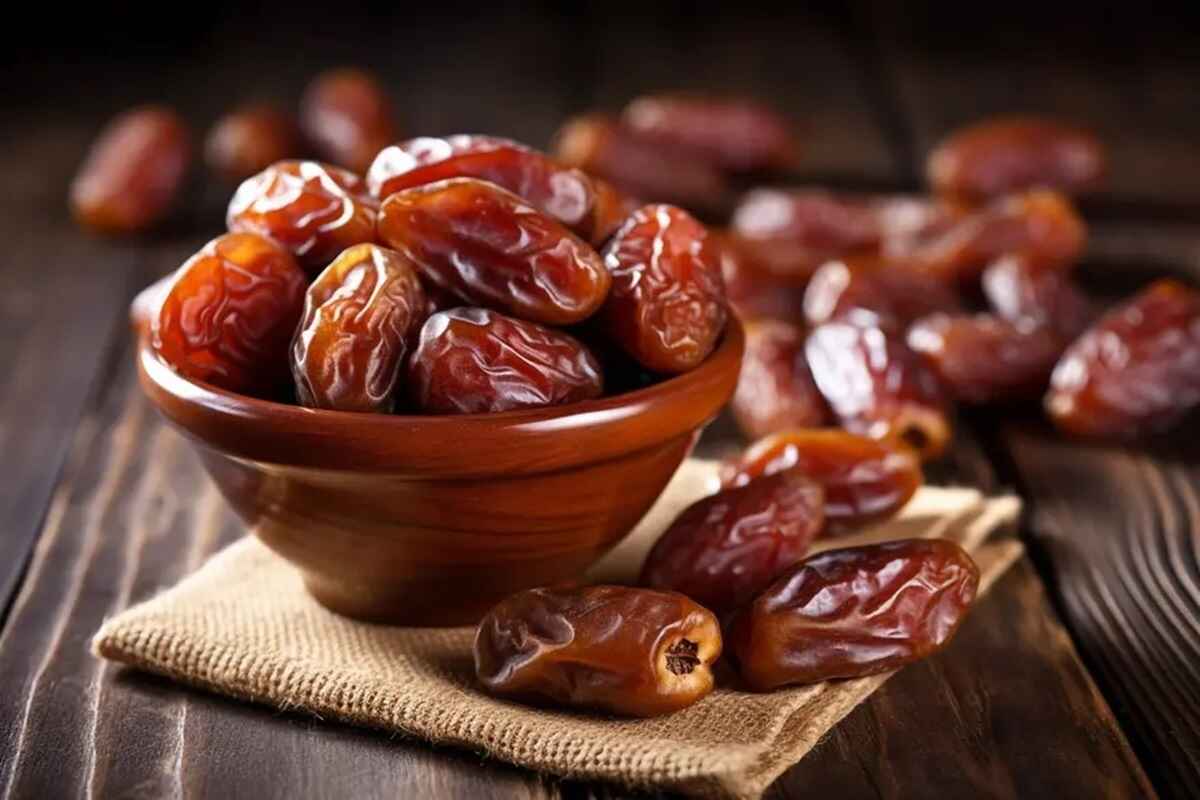
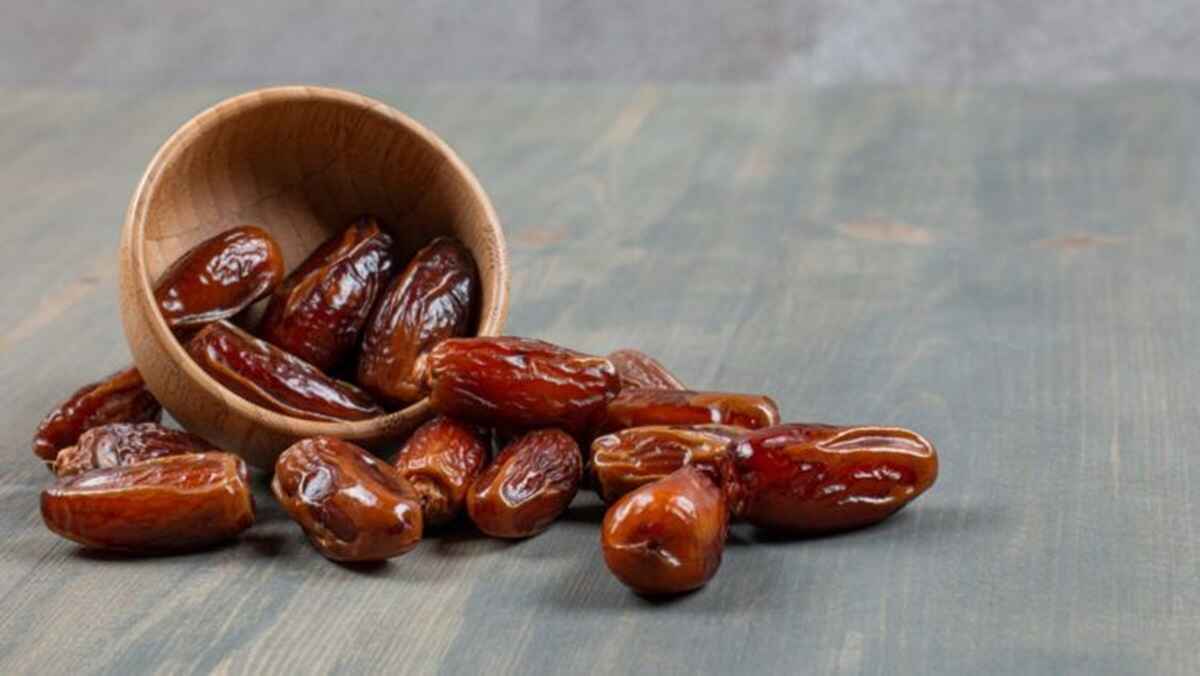
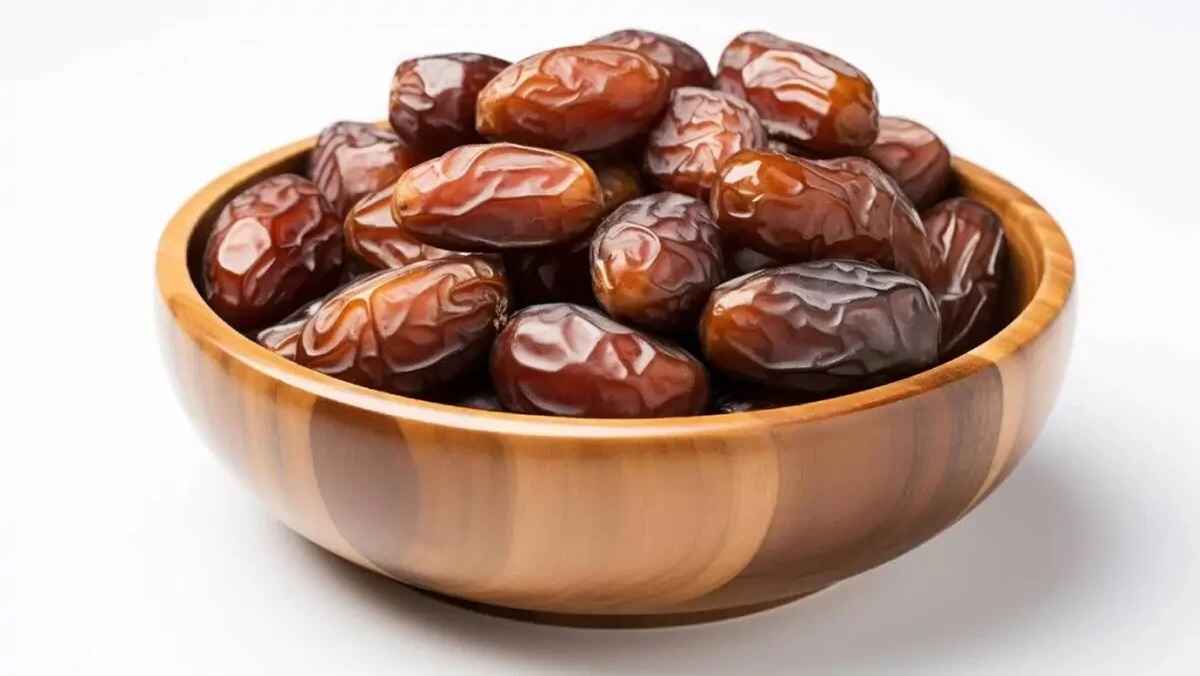
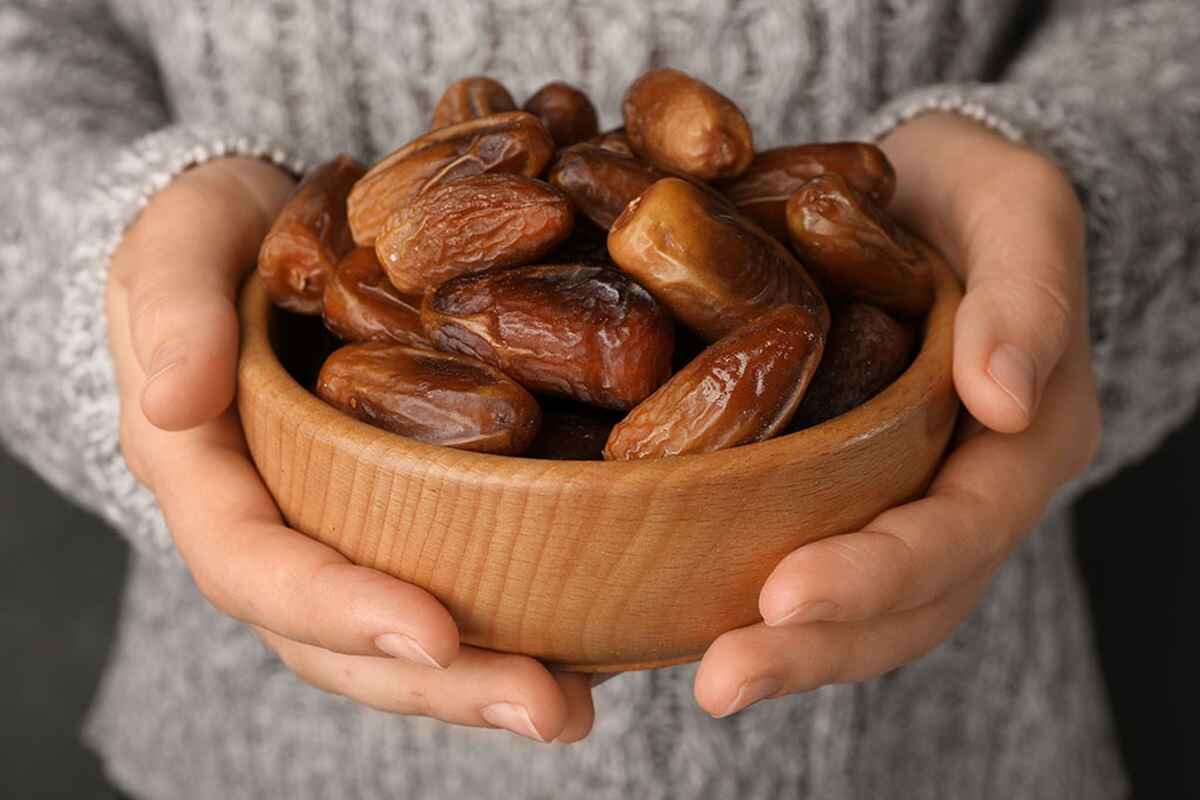
Himanshu
I am seeking real saffron for our premium products. Can you share pricing details, including super Negin, Negin, Sargol, and Pushal saffron?
Mr. Patel
Hello,
Looking for saffron with high coloring power. Interested in your super Negin and Negin saffron. Can you provide pricing for bulk orders?